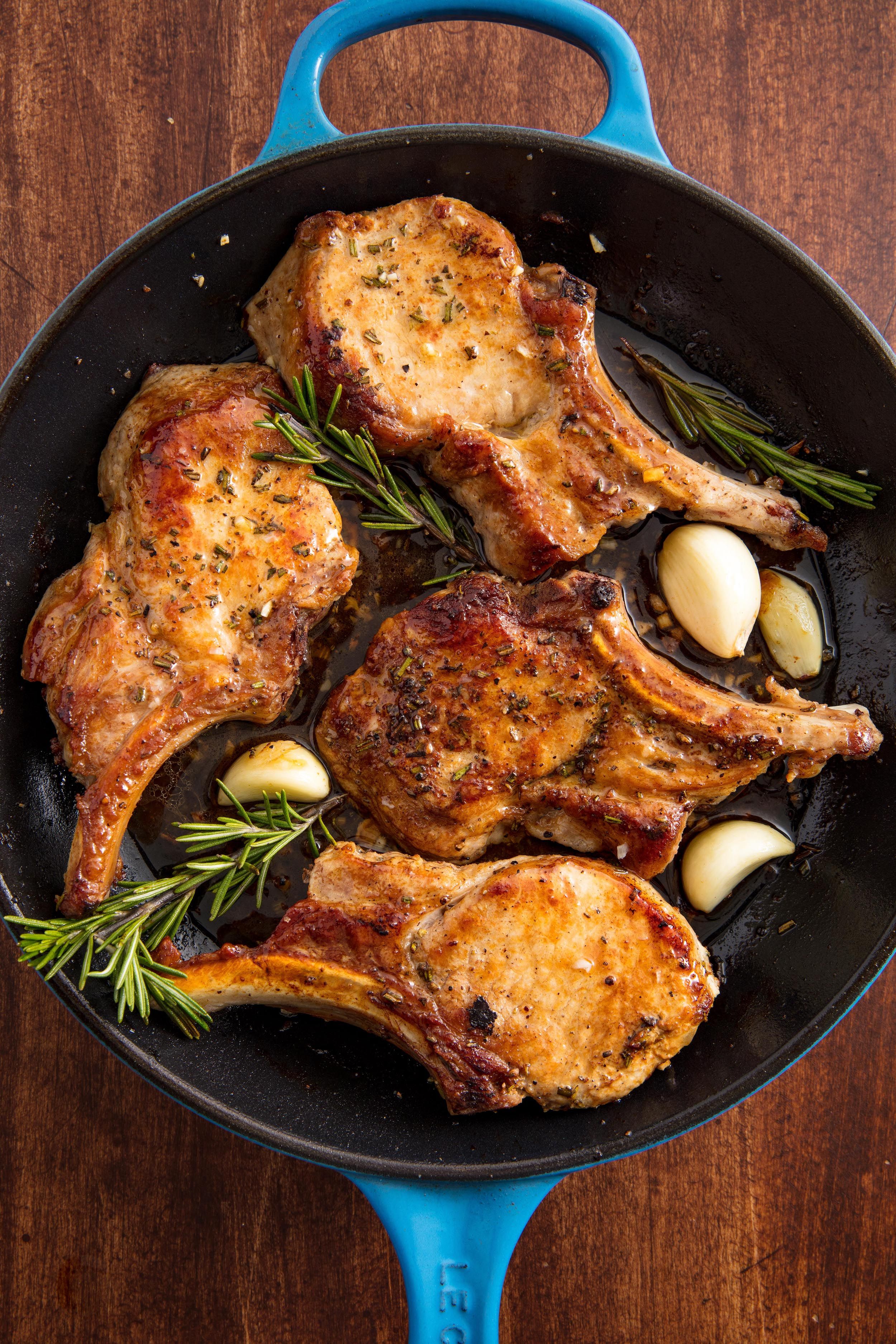Meat Food Preparation Strategies to Perfect Cooking, Roasting, and Extra
Meat Food Preparation Strategies to Perfect Cooking, Roasting, and Extra
Blog Article
From Ranch to Table: Fresh and Premium Meat Choices
The journey of meat from ranch to table encapsulates an intricate interplay of high quality, principles, and sustainability. With a raising emphasis on fresh and premium choices, consumers are currently much more likely to consider the beginnings of their food, bring about a renewed concentrate on sustainable farming methods and animal welfare criteria. This change not only enhances the nutritional account of meat however additionally sustains neighborhood economic situations. The implications of these options extend far beyond individual health and wellness and local farming. What does this mean for the future of food systems and consumer behaviors?
Comprehending Meat Sourcing
As consumers become progressively familiar with the beginnings of their food, understanding meat sourcing has obtained extremely important importance. Meat sourcing involves mapping the trip of meat from farm to table, incorporating different factors such as farming techniques, animal well-being, and ecological influence. This awareness encourages consumers to make enlightened choices that align with their values, particularly concerning sustainability and honest considerations.
The sourcing of meat can differ substantially based on several standards, including the kind of animals, farming techniques, and geographical location. For circumstances, grass-fed beef commonly comes from pasture-based systems that promote animal welfare and lower ecological degradation. On the other hand, conventional meat may involve extensive farming practices that raise issues concerning antibiotic use and environment devastation.
Understanding the details farm or area where the meat originates aids consumers guarantee high quality and safety. Inevitably, recognizing meat sourcing not only improves customer option but also fosters responsible usage and supports ethical farming methods.
Benefits of Fresh Meat
Selecting fresh meat offers numerous advantages that prolong beyond taste and appearance. Fresh meat typically retains greater nutritional value contrasted to its icy or processed counterparts. It is typically richer in vital nutrients, such as B vitamins, iron, and zinc, which are vital for keeping general health.
Furthermore, the sourcing of fresh meat frequently involves much shorter supply chains, minimizing the time in between farm and table. This suggests that the meat is much less most likely to shed its nutritional integrity during transport and storage. Additionally, consumers can experience boosted taste and juiciness, which can raise cooking experiences.
Fresh meat likewise supplies an opportunity for consumers to support regional farmers and promote lasting agricultural techniques. When purchasing from neighborhood resources, individuals can contribute to their local economic climate and foster a higher connection to the food they take in.
Lastly, fresh meat is normally devoid of the preservatives and additives commonly discovered in refined alternatives. This makes it a cleaner, healthier choice for those wanting to reduce their consumption of synthetic ingredients. Overall, the advantages of choosing fresh meat include wellness, preference, and a feeling of neighborhood involvement.
Animal Welfare Criteria
Making sure high pet well-being standards is resource necessary for both honest factors to consider and the quality of meat items. The treatment of animals straight affects not only the moral effects of meat manufacturing however additionally the overall quality and safety of completion items. Pets increased in humane conditions are much less worried, resulting in healthier animals and, subsequently, premium meat quality.
Regulations and accreditations concerning pet welfare try this web-site have actually ended up being increasingly significant in the meat market. These structures guarantee pets are provided with adequate space, appropriate nourishment, and humane handling throughout their lives. Practices such as pasture-raised systems and free-range environments contribute to better pet welfare by enabling animals to show natural behaviors, which is essential for their health.
Additionally, consumers are ending up being extra discerning relating to the sources of their meat, causing a growing need for products that stick to rigid pet welfare criteria. This change not just advertises moral farming methods yet also urges producers to take on actions that boost the health and welfare of their animals. Meat. Ultimately, prioritizing pet well-being is not just a moral imperative; it is also a pathway to generating premium-quality meat that satisfies consumer assumptions

Sustainable Farming Practices
Lasting farming techniques play a vital function in enhancing both animal welfare and the high quality of meat products. By applying rotational grazing, farmers can advertise healthy and balanced field ecological communities, permitting pets to feed on nutrient-rich yards while preventing overgrazing.
Furthermore, lasting farming usually incorporates incorporated pest management and natural feed alternatives, lessening the use of hazardous chemicals. This method not only safeguards animal well-being but also causes cleaner, more secure meat items for customers. Water conservation strategies, such as rainwater harvesting and effective watering systems, better add to sustainable techniques, ensuring that sources are used sensibly.
In addition, cultivating biodiversity through polyculture systems and preserving environments for wildlife boosts the resilience of farming environments. By focusing on these sustainable see it here methods, farmers can generate high-grade meat that fulfills customer demand while advertising eco-friendly equilibrium. Eventually, welcoming lasting farming methods is vital for creating a much more liable and durable food system that profits pets, farmers, and customers alike.
Choosing Quality Over Amount
Regularly, customers are confronted with the dilemma of selecting between quantity and top quality when it concerns meat products. While purchasing bigger amounts might appear financially advantageous, the long-term benefits of picking high-quality meat far outweigh the immediate financial savings. Quality meat is frequently sourced from animals raised in lasting environments, where they are offered appropriate nourishment and care, leading to remarkable taste and dietary value.
High-grade meats are usually without unsafe additives, hormonal agents, and prescription antibiotics that are often existing in mass-produced alternatives (Meat). This not only makes certain a healthier eating experience but likewise sustains ethical farming methods that focus on animal well-being. In addition, premium meats often tend to have a better structure and taste, enhancing the general cooking experience
Buying high quality meat urges consumers to appreciate smaller sized portions, enabling an extra conscious method to consuming. This change not just impacts personal wellness favorably but likewise advertises lasting intake patterns that can benefit the atmosphere. In conclusion, focusing on quality over amount when choosing meat products cultivates an extra responsible and health-conscious way of life, eventually enriching both the eating experience and the planet.
Verdict

Report this page